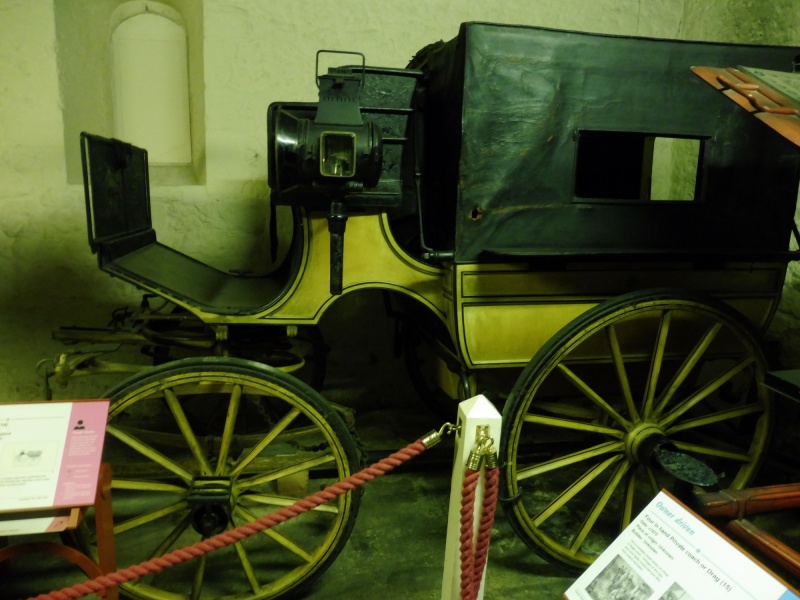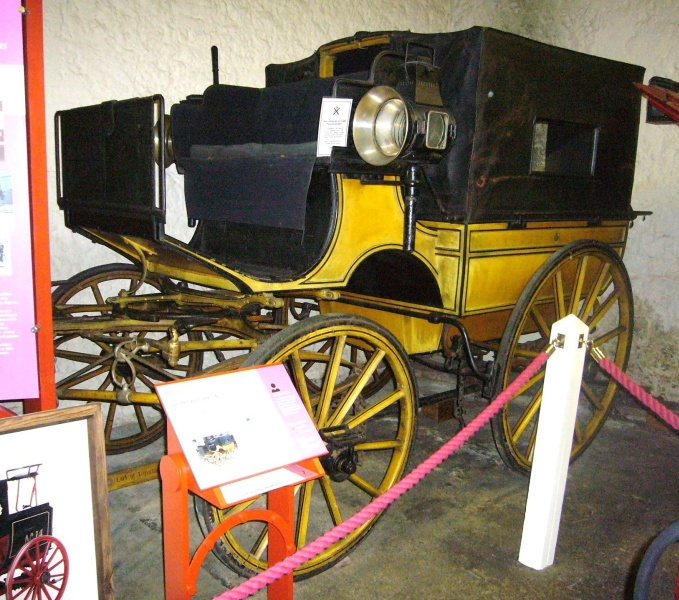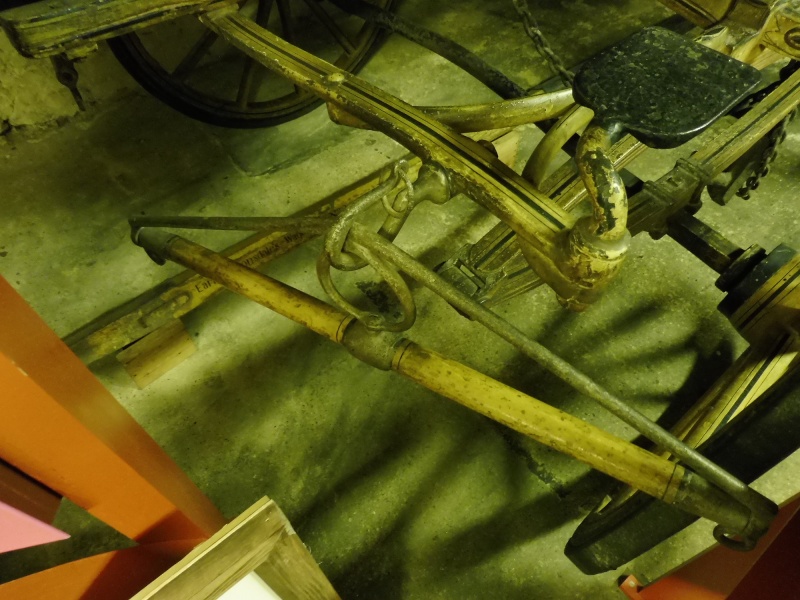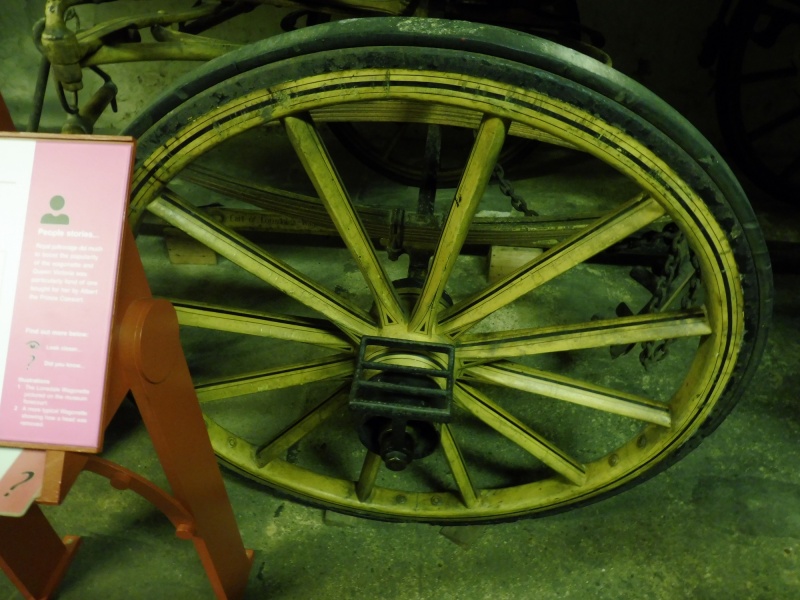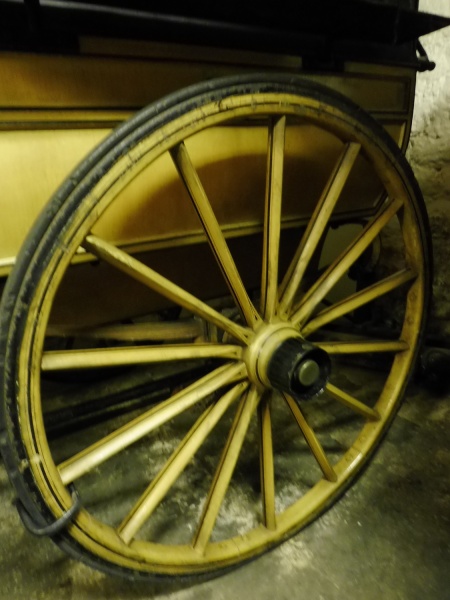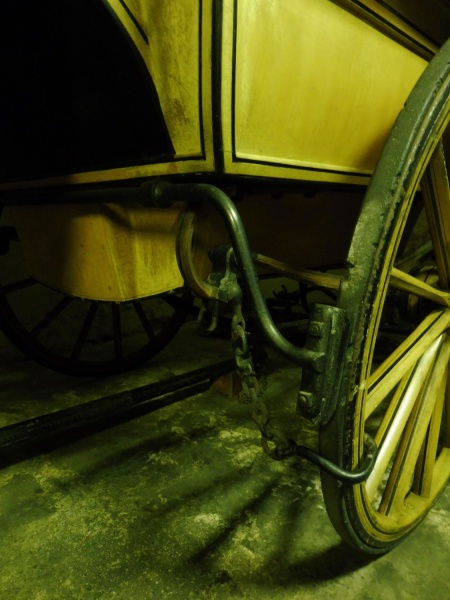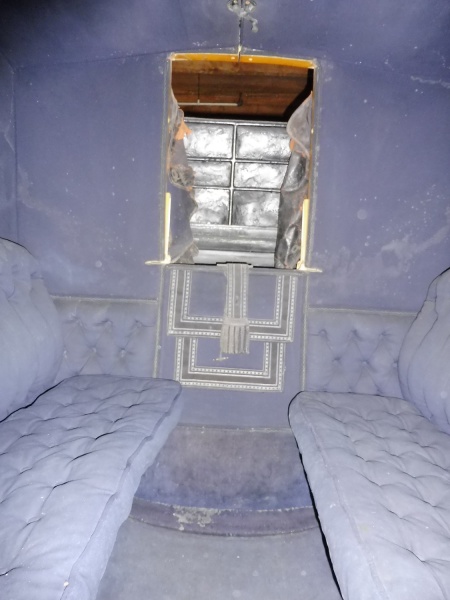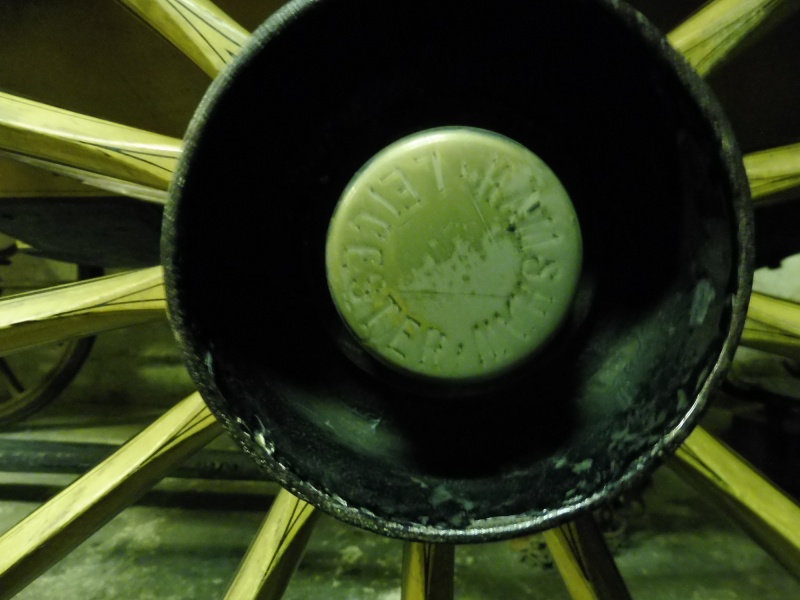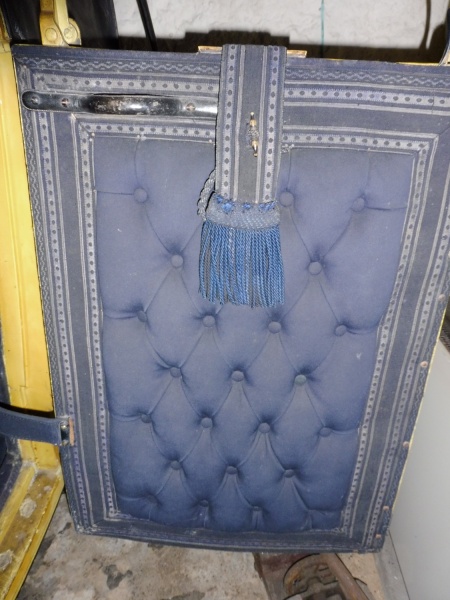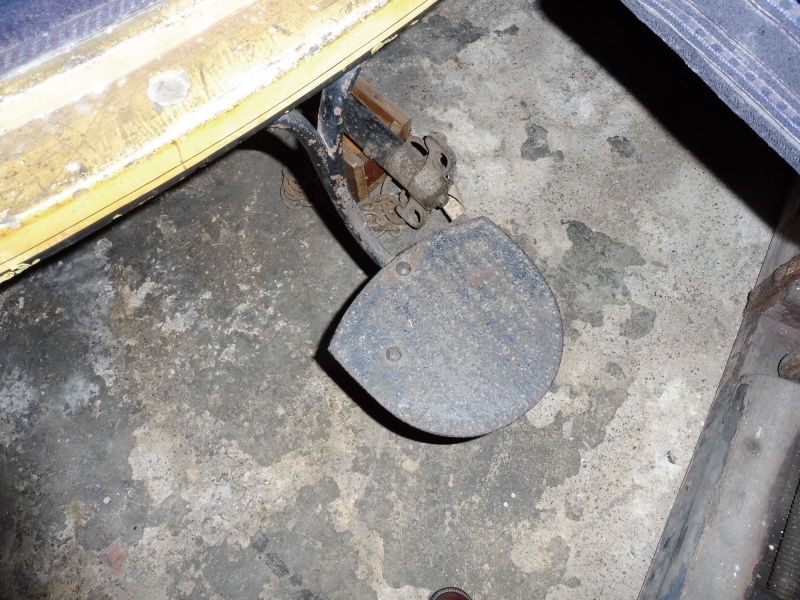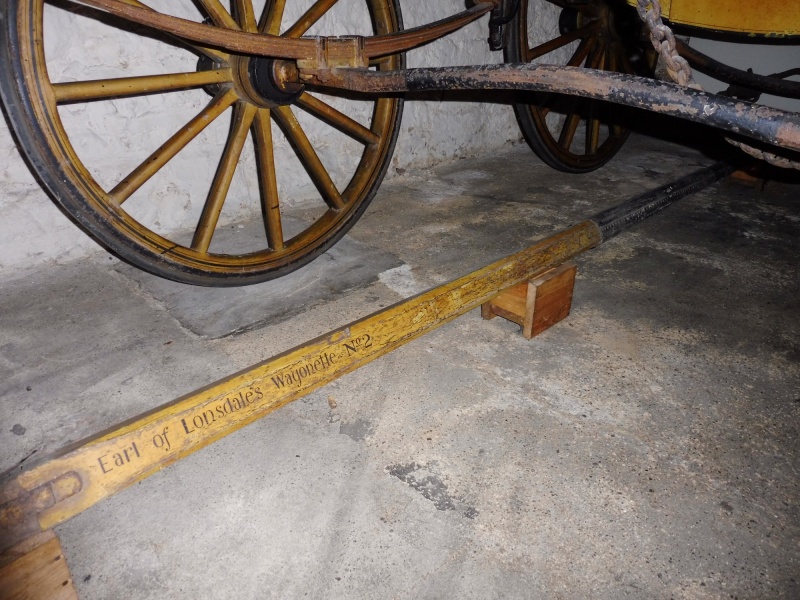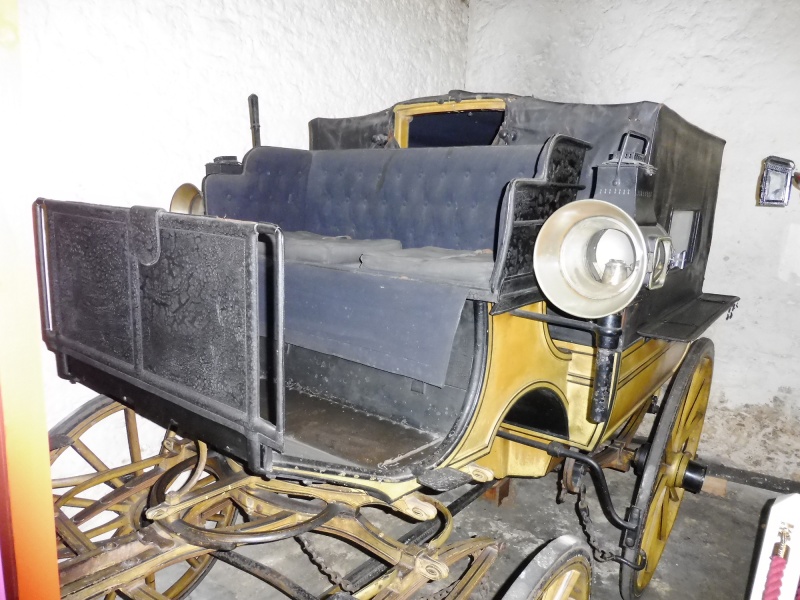Use the dots above to scroll through images.
Listed in 1 collection
Listed at 1 museum
Listed for 1 maker
Quick Details
Carriage Type
Lonsdale Wagonette
Date of Production
1890
Accession or Inventory Number
1994.129.2
Materials used
Paint, Wood, Iron, Leather, Wool Box Cloth, Brass, RubberSummary of Lonsdale Wagonette
This carriage was owned by Tyrwhitt-Drake and is thought to have originally belonged to Lord Lonsdale. The inscription on the pole suggests that Lonsdale owned a fleet of this type of carriage. It is painted in his recognised yellow and black livery.
The special feature of this carriage type, which the Earl of Lonsdale, the famous Yellow Earl, claimed to have originated, is the folding head, each half of which folds down over the side of the vehicle. When the Earl’s prototype was produced, several other carriage builders said they had built a similar carriage before him, but his character and his fame as a sportsman ensured that it was always associated with him, and continued to be named after him. As on all wagonettes, access to the body is through a door at the back and the seats are arranged lengthways on each side. It can carry six passengers and was pulled by a pair of horses. The wagonette is one of the few carriage types that were suitable to be driven by either the owner or his professional coachman depending on the required purpose and use of this carriage, either a hunt meet or a trip to the station.
There is a Lonsdale Wagonette in the Royal collection on loan to Arlington Court, Devon, which is one of a number of carriages from the Mews that were surplus to requirements and were given to the museum by King Edward VIII.
Dimensions
Height: 7ft 1 ¼”
Length: 10ft
Width: 6ft
Full description
This is a rather important carriage within the collection as it belonged to The Yellow Earl, Lord Lonsdale, who reportedly had the first Lonsdale Wagonette made. It is a functionable carriage for us in fine and inclement weather.
The defining feature of this type of Wagonette is the folding leather head which is in two parts and folds down on each side of the body with the assistance of hinged arms. In each head, on the side, is a rectangular window. There is a further window opening at the front, behind the coachman’s seat, which is closed off by leather curtains. The seats are positioned lengthways and can accommodate six comfortably. They are upholstered in a blue box cloth which is buttoned on the seat backs and cushions. The leather head is lined with a similar cloth. Below the front window opening and on the inside of the door there is a lining of blue cloth with broadlace featuring a geometric pattern and laces with fringes in two tone of blue. A plain blue carpet covers the floor. A footwell runs the length of the body. At the back is a door with a brass T bar handle. The sides of the Wagonette consist of two panels with the lower one being deeper than the top one, they are edged with wood beading. Bolted to the top of each side panel is a leather splashguard running almost the entire length of the body of the carriage, it has a straight profile.
The seat riser for the coachman’s seat supports a very comfortable fully padded seat with a high back. The outside of the seat is covered with leather and is supported by triple seat rails and a leather seat skirt with brass beading. The seat is upholstered in a buttoned blue box cloth. Two cushions are in the same cloth as is the seat drop. Under the seat the heelboard is detachable and reveals a storage area. Attached to the top of the sloped footboard is a leather dashboard with leather served grab handles on each side. A leather timepiece case is fitted to the dashboard.
On each of the front wheel hubs is a step with a skeletal plate. On the very ends of the splinter bar are steps with an almost square plate. Two corners are more rounded and have a slight heel to them. Simple steps with square plates with angled corners are fitted to each side of the footboard. To access the body of the Wagonette is a large step on a curved bracket. This step has a jagged edge.
The lamps displayed with this carriage are not correct. They are much too large. On the Barouche next door to the Wagonette are a pair of more suitable lamps that are made by Hamshaw of Leicester. It would make sense to have those on the Wagonette as they were made by the same coachbuilder’s and are of a more suitable design and size.
The front wheels have 12 spokes and the rear 14. They have rubber tyres which are fairly modern and collinge axles. The front axle is compassed up and the rear one is compassed down to accommodate the low footwell. At the front are elliptic springs and two side springs provide suspension at the back, they are fitted to the underside of the seats.
Rather than roller bolts on the splinter bar (which is very fine and compassed down at the centre), swingle trees are fitted on hooks. The forecarriage is fine in its construction. A brake is operated by a hand lever at the coachman’s seat. Its mechanism aligns neatly with the body of the carriage. On the nearside wheel a drag hook can be used with its chain being attached to the side spring.
Lord Lonsdale’s carriages were mostly painted in a livery of lemon yellow with black lining and this is no exception. Lonsdale’s coat of arms is on each side panel.
Inscriptions
Painted on the pole: Earl of Lonsdale’s Wagonette No 2
On the axle cap: HAMSHAW LEICESTER
Condition report
This carriage is in reasonable condition with its original paintwork. All of the upholstery, although a little dirty is in good order. The leather head has a few holes in it and care ought to be taken if it is ever lowered. The wheels have been re- tyred in recent years.
Access information
This Lonsdale Wagonette is in the care of the Tyrwhitt-Drake Carriage Museum
Maidstone Museum and Art Gallery
St Faith's Street,
Maidstone
ME14 1LH
Picture credit
Maidstone Museum and Bentliff Art Gallery / Amy Bracet / Robert Lovell

 Carriage Foundation
Carriage Foundation